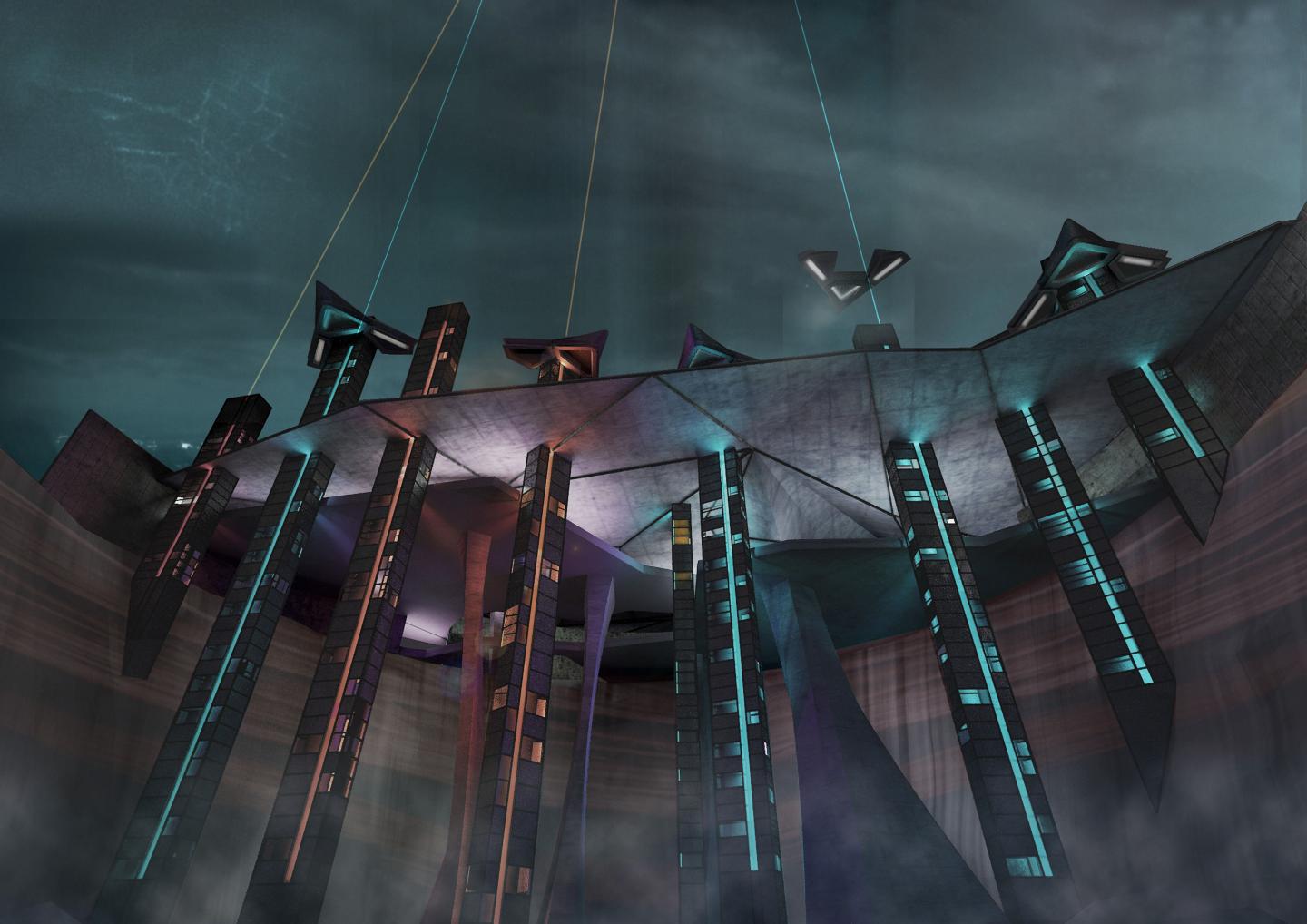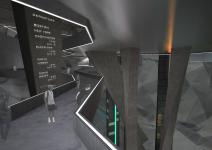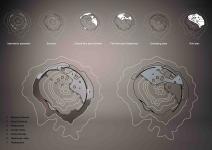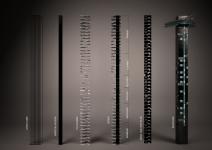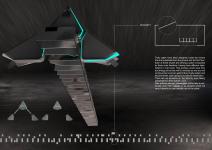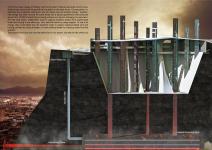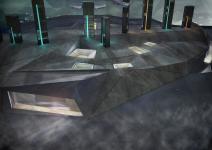Despite the uncertainty of the future, might it be perceived through the fear, hectic life and grey sky or through convenience, comfort and green life; we can guide it towards an evolution following the safe path traced by the great history of humankind.
Pompeii, an ancient Roman city near Naples, was mostly destroyed and buried under ash and pumice in the eruption of Mount Vesuvius in 79 AD. Nonetheless, this Mount is still an active volcano and represents a threat to its surrounding. Then, how can a site, considered as a risk, be transformed into a potential for the future? Also, since borders will no longer distinguish humans and only culture would last. Especially since Naples is considered as the capital of southern Italian culture.
With the ongoing development of technology and the necessity to explore new ways of sustainable and clean resources, recent studies have found methods to exploit the energy released by volcanoes.
The challenge for us would be to perceive the future in a site surrounded by a dominant culture and history, and to predict how the future airport of the year 2050 would fit in a context where Naples and Pompeii form the triangle of history, culture and future.
Throughout the design, our main inspiration was the Lava: a source of energy which leaves its footprint on stones.
In the Pompeii Airport of 2050, following the ongoing technological development where cell phones are used as boarding passes in todays world, the typical functions of an airport would be intertwined in a way that makes them cheaper, more functional and sustainable. In addition to that, we considered the vertical take-off of the plane where the latter would be comprised as three units travelling as one and separating at a certain part of the journey depending on the different destinations aboard.
In conclusion, the key aspect of Pompeii Airport of 2050 would be in multi-functionality where it seems that the merging of different elements is shaping the future.
2015
2015
Hosein Roasaei
Arman Asgharloo
